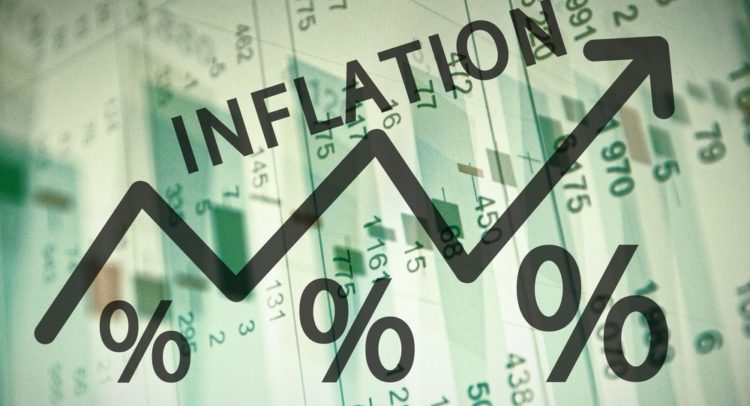Inflation will be back on Wall Street radar this week, as the Federal Reserve and the federal government release three inflation reports for the month of September: the U.S. Inflation Consumer Expectations (ICE), the Consumer Price Index (CPI), and the Producer Price Index (PPI).
In recent months, traders and investors have closely followed inflation numbers to determine whether the old villain of the U.S. economy is here to stay, forcing the Federal Reserve to roll back its accommodative monetary policy.
See Top Smart Score stocks on TipRanks >>
ICE Inflation Measure
ICE is the Federal Reserve’s most favorable inflation measure, as it tries to determine whether inflation is transitory or permanent.
As the term suggests, ICE measures future inflation, based on consumer inflation expectations for the year ahead. According to modern economic theory, rising consumer expectations indicate that inflation could accelerate in the year ahead, while declining expectations suggest inflation will taper off. Households and firms take into consideration the expected inflation when they make decisions like negotiating employment contracts or lending out money.
In August, ICI rose 5.2%. That was the 10th consecutive rise, fueled by gains in food, rent, medical care, and gas prices. These gains were partially offset by decreases in the expected price of college education.
For September, markets expect ICI to edge slightly higher, to 5.3%.
CPI Inflation Measure
CPI measures present consumer inflation at the retail level. In August, CPI increased at an annual rate of 5.3%. That was slightly better than the 5.4% in June and July, and the smallest gain in seven months, thanks to the moderation in the price hikes of used cars and trucks, steady shelter and apparel price hikes, and declines in airfare prices.
For September, markets expect CPI to remain at 5.3%.
PPI Inflation Measure
PPI measures current inflation at the wholesale or producer level, where the first-place supply chain bottlenecks enter the pricing equation.
In August, PPI increased at an annual rate of 8.3%, the highest reading since at least November of 2010. That’s thanks to a rise in the index for final demand; prices for final demand services rose 0.7%. Likewise, the index for final demand goods moved up 1.0%.
For September, markets expect PPI to edge higher, to 8.5%.
Bottom Line
In short, inflation is expected to remain elevated by all three measures, especially by the PPI, the first index to capture the impact of supply chain bottlenecks on commodity prices. However, there could always be surprises in store.
Disclaimer: The information contained in this article represents the views and opinion of the writer only, and not the views or opinion of TipRanks or its affiliates, and should be considered for informational purposes only. TipRanks makes no warranties about the completeness, accuracy or reliability of such information. Nothing in this article should be taken as a recommendation or solicitation to purchase or sell securities. Nothing in the article constitutes legal, professional, investment and/or financial advice and/or takes into account the specific needs and/or requirements of an individual, nor does any information in the article constitute a comprehensive or complete statement of the matters or subject discussed therein. TipRanks and its affiliates disclaim all liability or responsibility with respect to the content of the article, and any action taken upon the information in the article is at your own and sole risk. The link to this article does not constitute an endorsement or recommendation by TipRanks or its affiliates. Past performance is not indicative of future results, prices or performance.









